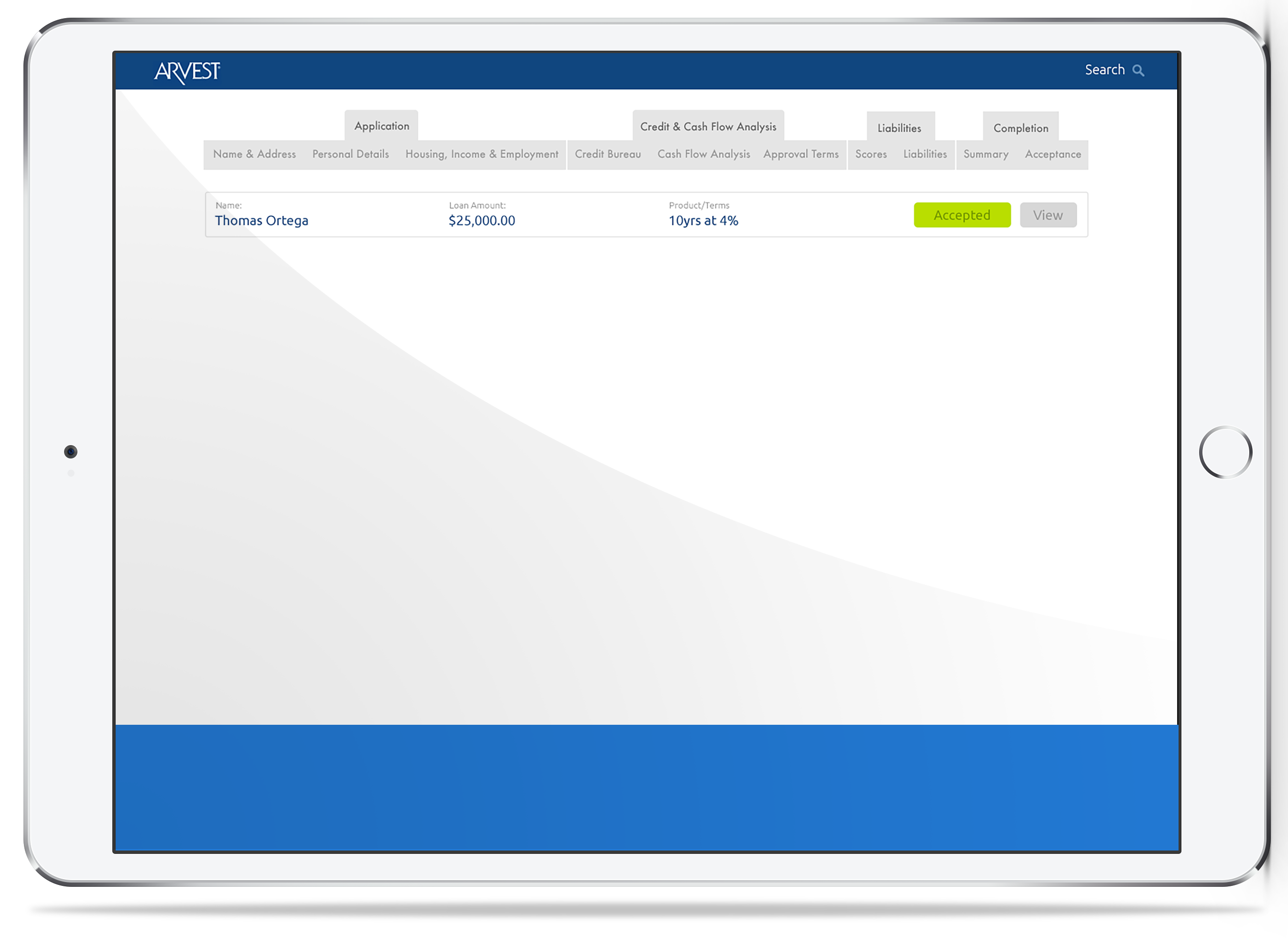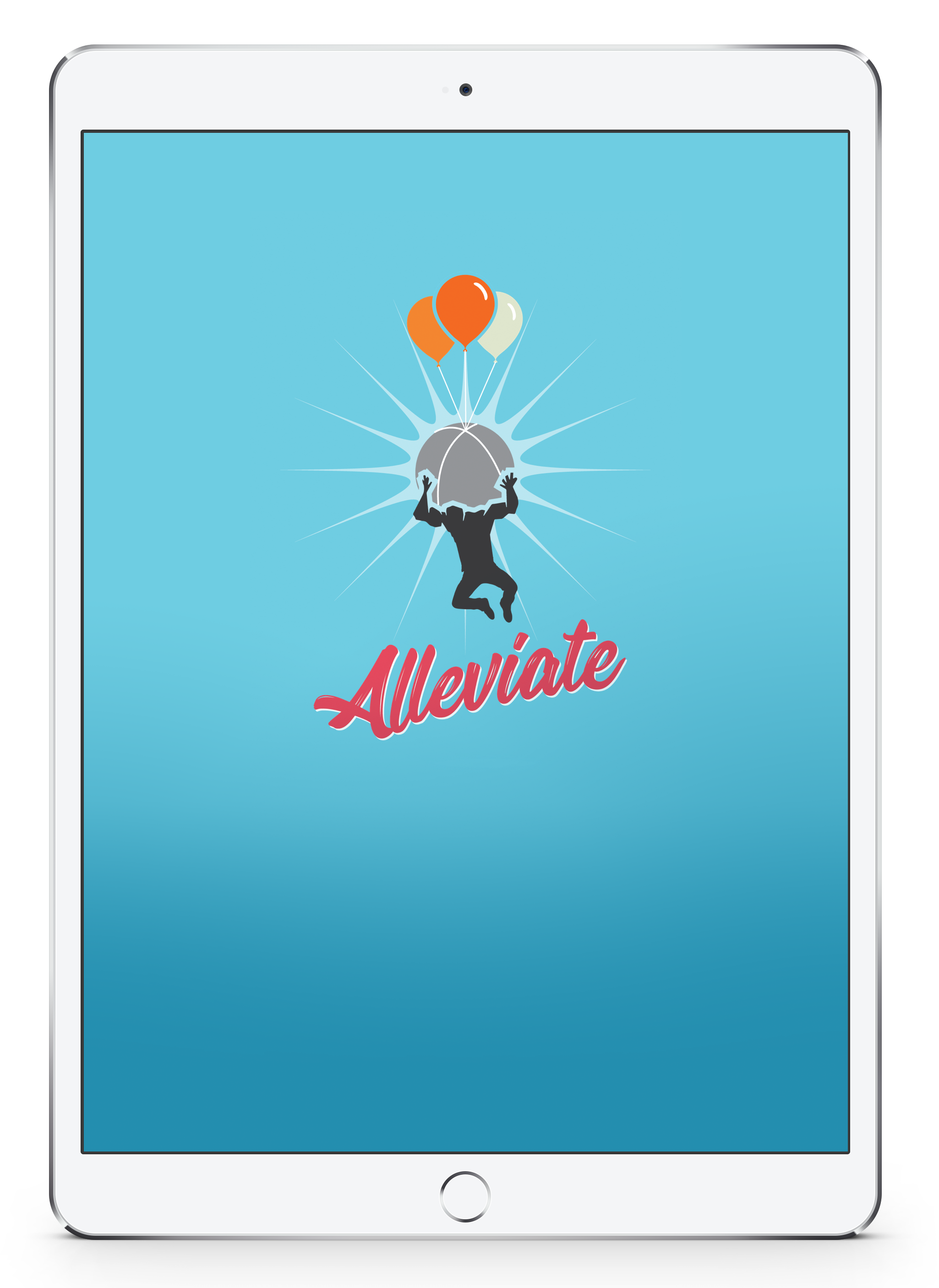Let’s be honest here. Consultants, like me, and their clients, like you, have not had a great history of working together. We want to make sure we get paid for the work done and you want to make sure you get actual work for the money you pay. Lots of factors come into play during the project: timeframes, workload, source code access, dependencies, etc. These don’t help matters any.
After consulting for almost two decades, we decided that it was time to rethink how a consultancy should be run. We came up with the following items in three broad sections: budget, delivery time and accountability. We’ll try to explain our views through typical questions and comments we receive from past clients.
Budget
“How much would something like this cost?”
We can tell you how much we’d charge. For us, we typically do not take on any project that doesn’t have a minimum budget of $25K USD. Most projects have a budget and a time frame. Having our minimum requirement allows you to do some quick math to see if we’re a fit. If we’re too expensive, no worries, just move on. However, this prevents both you and I from spending time discussing the possibility of working together, getting excited about ideas for the project only to then have our rate come up and be completely beyond scope.
“What about a discount though? This is a big project for a big name client.”
Most projects we take on are “big projects”. At our rate, we’re really not getting clients who have a 2 hour gig and then that’s it. I know a lot of consultancies will lower their rate to gain a “big name” client. We don’t. We are good and we take pride in our work. While we get hired for our tech skills, we bring far more to the table as past clients can attest. We find ourselves project managing, mentoring other developers, discussing git branching options, project scope discussions, etc. These benefits more than justify the cost.
Delivery Time
“We’re already behind schedule. Can we get this done sooner than later?”
This is where a lot of discrepancy occurs. If it’s a 3 month project and you only have 1.5 months left, that doesn’t mean you get the full project in 1.5 by default. And it most certainly doesn’t mean you get a 3 month project for half the price. We understand urgencies and time constraints. That’s probably the number one reason you’re reaching out to a consultant anyways. There are lots of solutions to this kind of problem that we can discuss to get what you need in the time you need it.
“We’re going to need to take a break and find more budget. But we don’t want to kill the project.”
On the flip side, why shouldn’t you be able to hit the Pause Button on a project? Priorities change all the time as do budgets. What was the hot project last quarter, may be on the back burner this quarter. Again, we understand, and this is where you benefit uniquely at our consultancy. With us, you can truly hit the Pause Button and we’re 100% okay with it. How does this make sense? Keep reading and you’ll see.
Accountability
“Can we see progress on our project? And, if it’s not too much, can we see progress on a regular basis?”
This is where developers in general fall short, whether in house or consultants. This is due to programmers wanting to perfect things before they show it. It’s in our nature, but it’s a habit we need to break. We here at Omega Ortega have done just that.
When we take on a project, regardless of the length or scope, we give a weekly demo. We show you where we have made progress either through a demo (in the case of a web app) or through a build delivered to your device (in the case of a mobile app). It is good for morale to see progress every week. More importantly, it’s good for communication which is the foundation for success in any project.
“We’re really loving this weekly demo and progress. How can we get our hands on the code behind it?”
This is another idea that we have introduced that clients love. It’s also what enables you to have the project Pause Button mentioned above.
With every demo/deliverable, there comes an invoice attached for the work powering it. The source code for the work is already checked into our internal code repository with a branch cut for that demo. This means that as soon as you pay the invoice, you get a copy of the source code that powered the demo. With the source code, you can take a break from the project knowing that you have all the source code for the work that was done. Conversely, you’ve paid us for every bit of work we’ve done so we don’t host any fear of not getting paid so we don’t mind if the project gets put on hold. It’s a win for both parties involved.
Final Thoughts
We’ve all heard horror stories from both sides of the fence. Consultant: “The client stiffed me for a $10K bill.” Or conversely Client: “We paid this consultant a lot of money and he never delivered a single thing.” We have so many tools available to us in this day and age, that we should never have to repeat this scenario again. It is now easier than ever to create a great working relationship between us and clients like you. We’ve been trying out this new system on our latest clients (and even potential clients) and everyone loves it. It really is how a consultancy should be ran.
For more information on the exact steps, check out our methodology page. It details exactly how we do it here at Omega Ortega. If you like what you see, then feel free to reach out to us and let’s work together.


